At any step along the way, George could have said no. The Emperor was practically begging him to do so!
But this Roman soldier was willing to do whatever it took; and he would not say a word, even to stop the torture. Not even to save his own life.
An incredulous crowd of warriors, steeped in the Mysteries of Mithras, would all have been proud to have him amongst their number. They had each already fought alongside him, over many years of campaigns and tours into the theater of war.
They already knew his bravery and prowess. The disbelief stemmed from why George was doing this.
It was all in the name of Christianity!
Let's retreat a few steps to see how we got here. In the arena, with Emperor Diocletian and his wife presiding over a bloody scene, with thousands of spectators heightened in tension. Because nobody thought it would come to that.
In the Roman Imperial World of 303 CE, there were many problems with Christianity. At least there were from the point of view of the authorities and much of the populace.
For a start, the religion preached a single almighty God, who dealt with all aspects of life and was ranked higher than the Emperor. Instant problem right there at the end, when Diocletian was supposed to be a God on Earth and supreme ruler of all.
Thus the Christian God hadn't won friends and influenced people in the Senate. In fact, he was an insult.
For the people themselves, a few wry chuckles at that might have been expressed behind their hands, but the major distasteful element there was the omnipresent part. There are some things best left on the battlefield, which don't need taking into the bedroom nor into the nursery, where the women and children reside.
And no woman wants a male God anywhere near her in childbirth.
These were just spiritual quibbles and with so many deities around, the people could take their pick of the right one in the circumstances.
There was something more insidious, in an Empire based around battle and imperial gains, in a religion which seemed anti-war.


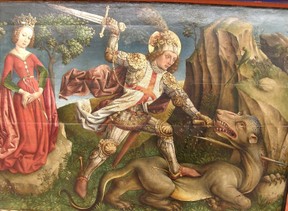 The criss-cross red slashes of blood stained the flag of peace. But there was a reason for this.
The criss-cross red slashes of blood stained the flag of peace. But there was a reason for this.
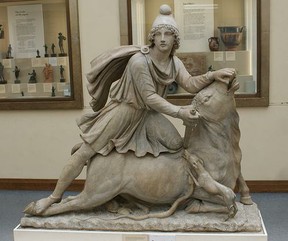 There were a lot of Gods and Goddesses in ancient Rome. There were large deities to take care of world-wide events; and small household ones to protect the home.
There were a lot of Gods and Goddesses in ancient Rome. There were large deities to take care of world-wide events; and small household ones to protect the home.


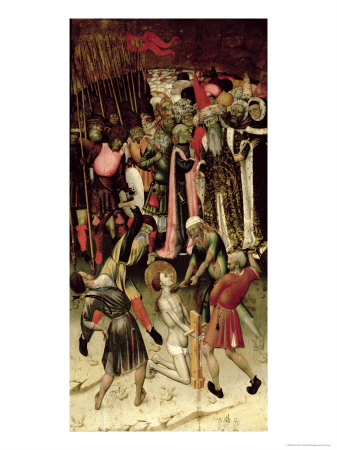
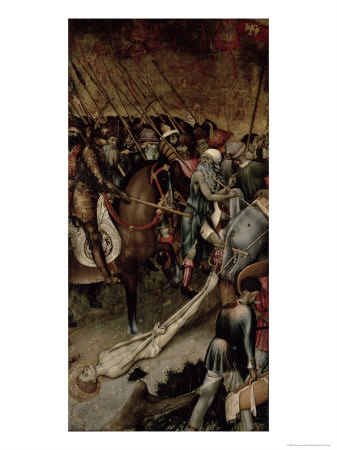
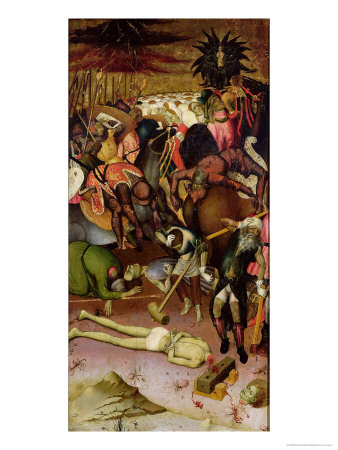







 Even St George's cross was taken as a spoil of war. It had originally belonged to another soldier-saint, St Ambrose, who was superseded in popularity by St George. Victor takes all.
Even St George's cross was taken as a spoil of war. It had originally belonged to another soldier-saint, St Ambrose, who was superseded in popularity by St George. Victor takes all.








 The Welsh Revolt of 1294 nearly succeeded. Madog ap Llywelyn's forces secured the entire of North Wales and took most of the castles that symbolized the English occupation.
The Welsh Revolt of 1294 nearly succeeded. Madog ap Llywelyn's forces secured the entire of North Wales and took most of the castles that symbolized the English occupation.


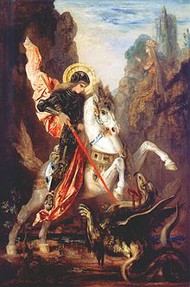 Some metaphors can go too far, but this one worked out well for the English.
Some metaphors can go too far, but this one worked out well for the English.






 St Tydecho's Churches in West Waleson 09/03/2014
St Tydecho's Churches in West Waleson 09/03/2014
 Goodies for an Outlander Premiere Partyon 03/06/2015
Goodies for an Outlander Premiere Partyon 03/06/2015
 Holocaust Memorial Day Interview with Rainer Höss, Grandson of Rudolf Architect of Auschwitzon 01/24/2015
Holocaust Memorial Day Interview with Rainer Höss, Grandson of Rudolf Architect of Auschwitzon 01/24/2015
 Romantic Valentine Gifts for an Outlander Fanon 01/16/2015
Romantic Valentine Gifts for an Outlander Fanon 01/16/2015

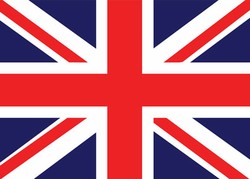
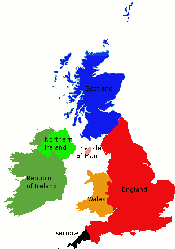
Comments
It's great to hear from people like yourself and SilviaAM (see first comment), confirming that St George is an international figure. So many English people think that he's just about England!
Is the Ljubljana dragon because of St George too? The one on the Welsh flag isn't; but the fact that George is chosen for the English is because of that dragon. :)
Thanks for sharing too!
St. George is one of most popular saints in the world. He is a hero in Slovenia too. He symbolizes return of spring and a progress. Of course he is more respected in rural parts of our country. I suspect this is not only because of tradition...
You see, dragon is a symbol of our capital Ljubljana!
Thanks for sharing interesting and enjoyable story;)
*blush* Thank you very much. :)
Thank you very much, I'm glad that it worked for you. :)
Jo, I love reading about the saints, and you did a very thorough job of telling some of their stories.
Wow! I didn't know any of this. I knew that St George was celebrated all over Christendom, so I'm not surprised, but it's great to have the specifics.
I wonder if the Catalonia one comes from the chivalry aspect of the 13th-14th centuries? The Moors v Christians thing is probably something to do with his emblem being used in the Crusades.
Gracias. <3
It's celebrated in some parts of Spain too (being calles San Jorge), mainly Catalonia (called there Sant Jordi) and Aragon, where is the patron saint, and the red cross appears on their flags.
In Catalonia is considered some alternative day to Valentine's, a lovers day too. Men give their gf's or wives a red rose that represents the blood of the dragon,and women give them a book (the book part fits well, since it was later declared that 23th of april is also the International Day of the Book).
In Alicante, Saint George is the patron saint too, and they celebrate that, according to the legend, the saint, somehow, centuries after his death, helped Christians to kill moors and stuff. They celebrate the festivity of Moors and Christians, were they represent medieval battles.